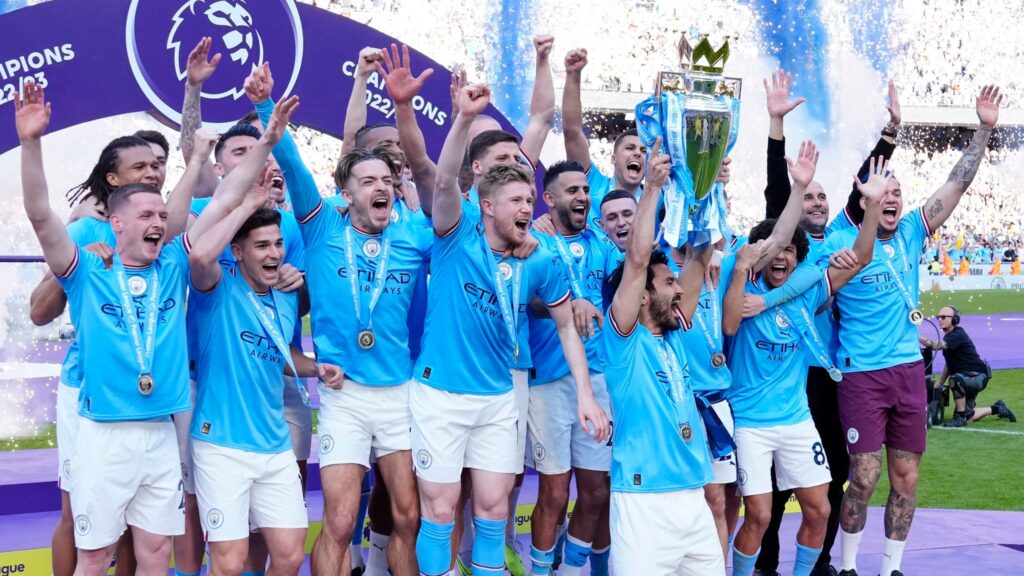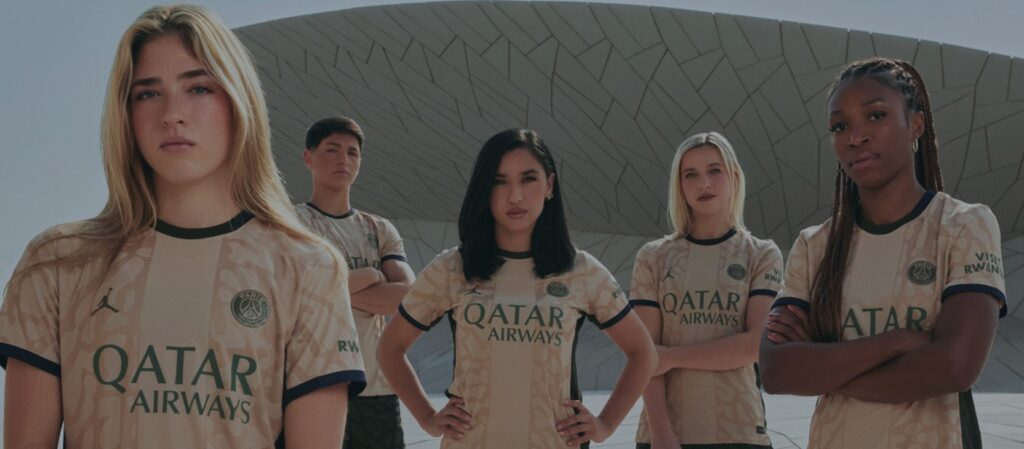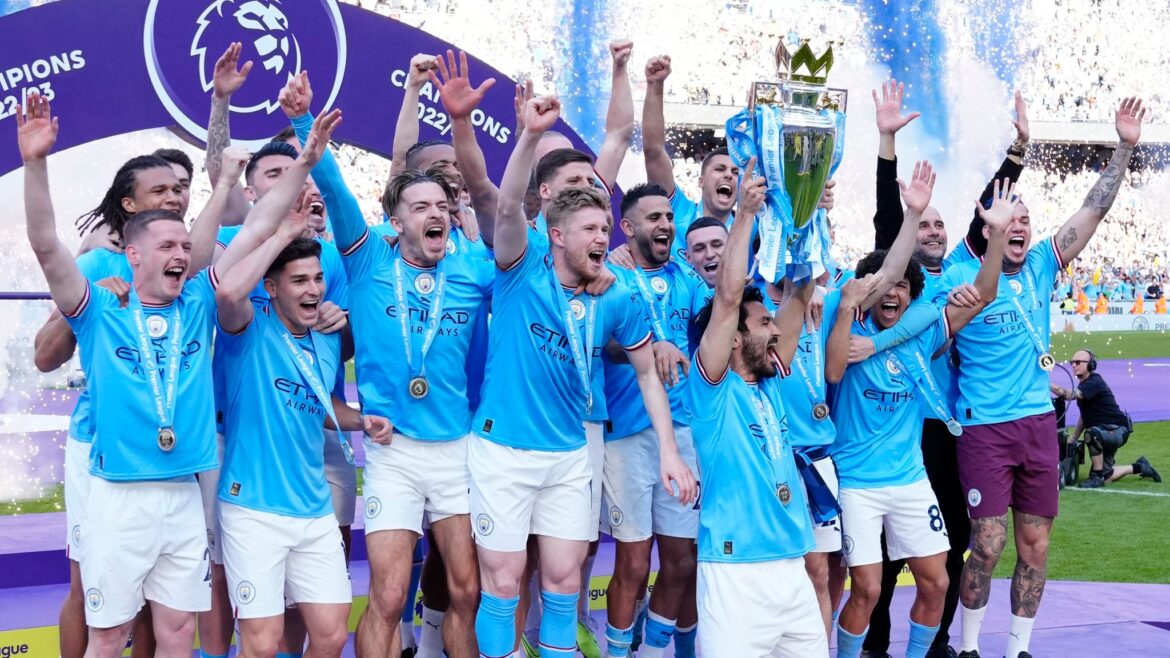Football is no longer just a game played on the pitch; it has transformed into one of the world’s largest and most lucrative industries. The sport generates billions of dollars annually, with top clubs acting as global brands, engaging fans worldwide.
Two of the key drivers behind this massive financial machine are media rights and merchandising. Together, they not only sustain clubs but also shape how football is consumed and experienced globally.
Table of Contents
The Power of Media Rights

Media rights are perhaps the most valuable asset for football clubs and leagues. The commercialization of football has been propelled by lucrative TV and digital broadcasting deals, turning the sport into a worldwide spectacle.
For instance, the English Premier League (EPL), widely regarded as the richest football league globally, secures billions of dollars from international broadcasting agreements. The most recent EPL deal, signed in 2022, was valued at over $10 billion, with the U.S., Asia, and the Middle East contributing a large portion of this revenue.
What makes media rights so crucial is their ability to bring football into the homes of millions of fans, no matter where they are. Global distribution through both traditional TV networks and streaming platforms enables leagues to monetize fan bases in new regions.
Leagues and clubs benefit from a consistent flow of income, allowing them to invest in world-class players, state-of-the-art training facilities, and modern stadiums, which in turn enhances their global appeal.
Even smaller leagues benefit from media rights, though at a reduced scale. For example, the U.S. Major League Soccer (MLS) has seen a significant rise in international viewership, thanks to partnerships with broadcasters in Europe and Asia.
As football expands its digital footprint, especially through streaming services, media rights will remain a pivotal revenue stream for clubs and leagues worldwide.
Merchandising: Building Global Brands

Merchandising is another cornerstone of football’s financial ecosystem, transforming clubs into lifestyle brands. The sale of team kits, scarves, hats, and other merchandise has become a major revenue generator, particularly for top clubs with strong international followings. Global football giants like Real Madrid, Manchester United, and FC Barcelona rake in millions annually from merchandise sales alone.
The rise of e-commerce and the digital marketplace has made it easier for fans to purchase official team gear no matter where they are in the world. This has significantly broadened the customer base for football clubs, as fans in Asia, the Americas, and Africa now have easy access to their favorite team’s apparel and memorabilia. For clubs, this means an extended reach beyond the local fanbase, which further fuels their revenue potential.
Moreover, many clubs have expanded their merchandising strategies to include collaboration with major brands. For example, Paris Saint-Germain (PSG) partnered with Nike’s Jordan brand, blending sport and street fashion to create a unique product line that appeals to both football fans and fashion enthusiasts.
These kinds of collaborations elevate football clubs from sports teams to global fashion and lifestyle entities, amplifying their commercial impact. Merchandising also taps into the emotional connection fans have with their clubs.
Wearing a team’s jersey, especially when emblazoned with the name of a favorite player, allows fans to feel more personally connected to the club. This emotional investment translates directly into higher spending on merchandise, season tickets, and other fan experiences.
Betting Companies and Sponsorships
Sponsorship is a critical component of football’s business model, and betting companies have become some of the most visible sponsors in the sport. As football continues to grow in popularity worldwide, betting companies see the sport as a prime platform for reaching a massive audience. Betting sponsorships have become common, with company logos frequently seen on team jerseys, stadium advertising boards, and match broadcasts.
For many teams, betting sponsorship deals provide a vital financial lifeline, especially for smaller clubs that do not enjoy the massive revenues of the top-tier teams. These sponsorships help clubs cover operational costs and invest in player transfers, youth development, and infrastructure.
Promotions offered by such companies often attract football fans to their platforms, enhancing fan engagement. For example, companies frequently offer promotions such as a $200 no-deposit bonus 200 free spins real money, enticing fans to participate in online gambling while associating their brand with the excitement of the game.
However, this relationship between betting companies and football has been met with some criticism, particularly regarding concerns over problem gambling. Despite the controversy, betting sponsorships remain a significant source of revenue for many clubs, contributing to the sport’s financial growth.
The Future of Football’s Financial Ecosystem

As football continues to evolve as a business, media rights and merchandising will remain integral to the sport’s economic structure. Media rights will likely see further growth as streaming platforms and new digital technologies emerge, offering fans more personalized viewing experiences.
As augmented reality (AR) and virtual reality (VR) technologies improve, clubs may also find new ways to monetize fan engagement through immersive experiences.
Merchandising, too, will continue to expand, with clubs increasingly tapping into non-traditional markets and forming new partnerships with global brands. Limited-edition releases, collaborations with fashion labels, and digital collectibles like NFTs (non-fungible tokens) could become standard elements of a club’s revenue strategy.
In the coming years, the global reach of football will only deepen, and its commercial possibilities will continue to expand. With new media platforms and innovative merchandising techniques, the sport is positioned to grow even larger, cementing its place as not just the world’s most popular sport but also one of its most successful businesses.




